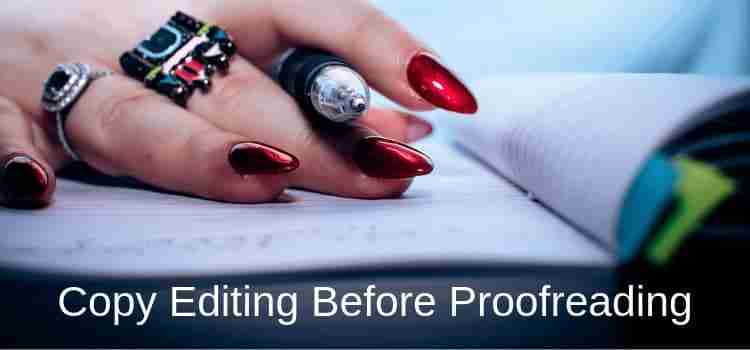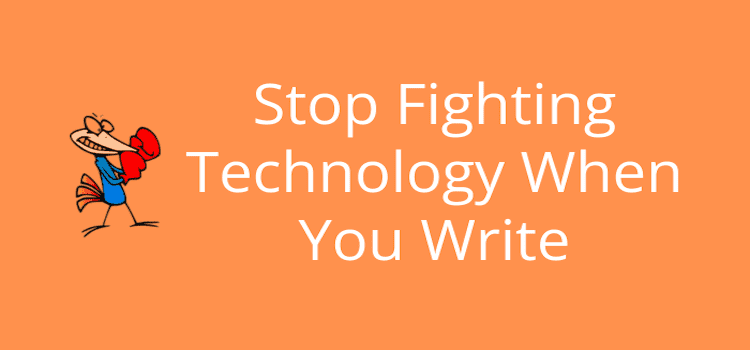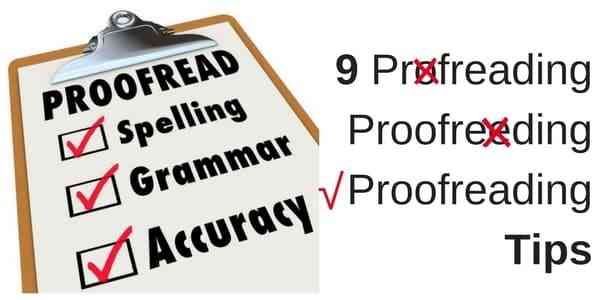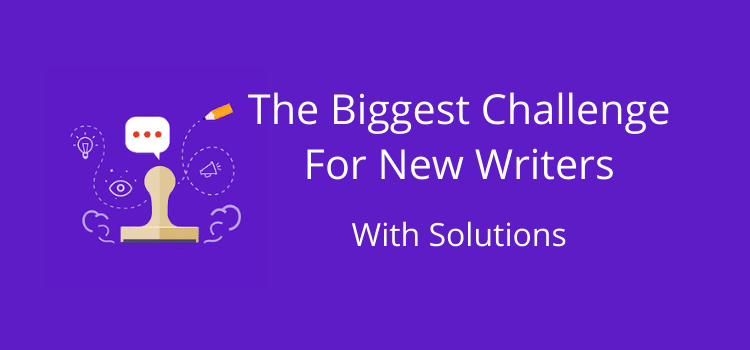
You have finished your book manuscript draft. Congratulations.
Now you might be wondering if you need a copy editor, a proofreader, or both. It’s easy to confuse these tasks, but knowing the difference can save you time and prevent mistakes.
Copy editing is a comprehensive phase that concentrates on improving the overall clarity, readability, and accuracy of a text.
Proofreading is a more focused function that catches any remaining errors in a piece of writing after editing. Proofreaders check for typos, grammatical errors, and formatting inconsistencies.
The editing phases of a text
For most self-publishing authors, bloggers, and content writers, the cost of a professional service for copy editing and proofreading is not always affordable.
However, the processes are indispensable and are a vital part of getting any text ready for publication, either online or in print.
If you have friends or family who can help you with these stages, it is a big bonus.
A second or third pair of eyes are always of high value in any editing process.
However, you should be able to do a lot of the work yourself if you are meticulous and pay attention to detail.
This article focuses on editing and proofreading to help you prepare your manuscript for publishing.
It covers all the stages in the process of perfecting a text.
While it’s not possible to replace an experienced professional for copy editing and proofreading, you can still do a very good job if you take your time and are thorough.
Yes, we have a lot of online tools now to help correct texts.
But none of them are 100% reliable. The only way is to edit your work slowly and carefully.
1. Basic error correction
In the first stage, you are working on finding language errors in your grammar, spelling, punctuation, and typos that naturally occur in the writing process.
For most writers today, this stage can be completed adequately and quite quickly by using a good online grammar checker.
Prowritingaid is probably the most popular for authors, while Grammarly is a great all-rounder.
Both apps do a great job when it comes to finding basic grammatical errors that you can correct. For spelling errors, each app corrects errors with one click.
They are handy for locating and correcting obvious mistakes and errors, and make the first editing stage easier and faster.
But don’t look at these apps as a replacement for editing or proofreading. They are helpful for finding some obvious errors, but that’s the limit of their usefulness.
2. What is copy editing?
Copy editing goes well beyond just fixing grammar and typos.
The three main tasks are:
1. Checking grammar, punctuation, and spelling.
2. Improving sentence clarity and flow.
3. Ensuring consistency in style, tone, and formatting.
For example, if your character’s name changes between chapters or your chapter headings use inconsistent capitalization, copy editing will catch it.
If you’re self-editing, you can follow the next points to use as a guide for what you need to do.
(i.) Syntax
While there is still the possibility to correct spelling, grammar, and punctuation, the use of the appropriate or correct syntax is one of the main aims now.
A sentence can be grammatically correct, but it might not use the correct syntax or word order to convey the intended meaning.
For example, the following sentences are all grammatically correct yet have slightly different meanings due to changes in syntax.
I don’t often drink whiskey. (I rarely or only occasionally drink whiskey.)
Often, I don’t drink whiskey. (I drink a lot, but whiskey only sometimes.)
I don’t drink whiskey often. (Again, I very rarely drink whiskey.)
I often don’t drink whiskey. (But I do drink vodka, rum, gin, or anything else I can get my hands on.)
As you can see from the four sentences above, editor correction is the only way to ensure that the syntax is appropriate for the text and message. In the case of the sentences above, there are no grammatical errors, only choices to make.
(ii.) Technical consistency
There are many variations of the English language.
Not only are there national differences between US, British, Australian, and Canadian English, but there are also internal variants.
These internal differences are typically defined by style guides or the application of a consistent technical writing style.
Style guides are published in all English-speaking countries and are extremely useful.
Some of the most well-known house style guides are The Chicago Manual of Style, The AP Stylebook (The Associated Press Stylebook), The Guardian Style Guide, and The New York Times Manual of Style and Usage.
You can also find free Style Guides online. Here are a few.
National Geographic Style Manual
Wikipedia’s Manual of Style
Telegraph Style Book
The Elements of Style
A guide gives you a set of rules to help maintain consistency in capitalization, spelling, hyphenation, numerals, and fonts.
For example, if you write Mr. but use Dr, there is a problem with consistency because Mr. uses a full stop (period), but Dr doesn’t.
Mixing spelling variations between ‘ise’ and ize’ or doubling a consonant in travelling but not in canceling, or fuelled but not modeled, all need to be checked for consistency of use.
You also need to check for formatting errors. Page numbering and number formats especially need to be consistent.
If you use the Fourth of July in one part of your text but July the Fourth in another, and the 4th July or July 4 elsewhere, it is inconsistent.
Other technical irregularities occur if you mix single and double quotation marks or italics intermittently in place of quotes.
Hyphenation of compound nouns and compound adjectives also differ in use from one style guide to another.
Lastly, every guide has an opinion about the use of the Oxford Comma, which is sometimes called the Serial Comma. It is up to each writer, but again, it must be used or not used consistently.
(iii.) Internal consistency
This aspect can be challenging to locate. It happens when there are discrepancies that might occur some distance apart in a text. For a manuscript with a large word count it requires constant attention to detail.
The most common instances that occur in book editing are when ages, characteristics, or traits change.
For example:
Mary sat silently in front of the mirror, slowly brushing her long, dark hair.
The beach was beautiful, so Mary tied up her long blonde hair before she ventured into the water.
Gerald never thought he would recover from the loss of his father when he was eight years old.
Only when Gerald married did he start to come to terms with his father’s death when he was a teenager.
It was love at first sight for Vikki.
Vikky recalled the day she met Tony and fell in love with him.
It was unusual for Katelyn to lose her temper. She was always level-headed and calm.
As Brett had come to understand, Kaitlyn was prone to getting upset about the smallest things.
Finding internal inconsistencies is very demanding, but it is necessary to locate these kinds of errors to ensure continuity.
(iv.) Fact-checking
If you are writing a story that you have set in the nineteenth century, a sentence such as the following would need correcting.
Venturing out into the foggy, gaslit street, the north wind bit at his cheeks. But he had to go, so he zipped up his coat and made for the river.
While the zip, or zipper, was invented in 1893, it wasn’t until 1913, in the twentieth century, that the modern zipper was eventually designed and came into everyday use.
I can recall it so vividly. I was in my classroom listening to the moon landing on the radio in 1967.
Apollo Lunar Module Eagle landed on the moon on July 20, 1969, at 20:17 UTC. Armstrong became the first person to step onto the lunar surface six hours later, on July 21 at 02:56:15 UTC.
Luckily, we have the Internet today to help with this aspect. So, there is no reason not to do a fact check and make sure that all your historical information is accurate.
3. What is proofreading?
Proofreading is the final step before publishing.
The main tasks are:
1. Correcting typos, spelling mistakes, and punctuation errors.
2. Ensuring formatting consistency.
3. Looking for minor errors missed during editing.
As an example, proofreading will notice “teh” instead of “the,” and missing or unnecessary commas.
Importantly, proofreading always comes after all other stages of editing. The editing and proofreading processes are two separate tasks.
If you are not using a professional proofreading service or editing service, you need to tackle this stage with a very clear mind.
If you are working towards book publishing, you should take a long break before starting this task. While there is no rule, a month between editing and proofreading a manuscript is usually enough time.
However, if you are preparing an article, a blog post, or perhaps a term paper or essay assignment, a day or two is usually sufficient.
A break aims to make sure you can think clearly and independently from your editing work. You need to start totally afresh.
While you might not be able to afford a professional proofreader, you should at least think like one. Or, in other words, approach your text as if you have never seen it before.
You should also try to get as much help as possible from beta readers or friends, because extra proofreaders ensure that you will hopefully find more mistakes and typos.
It is the most tedious part of preparing a text or manuscript because you are looking for anything that the previous steps may have missed. Proofreading means checking everything.
It is laborious, painstaking, and slow, but it is absolutely necessary.
There are many ways to tackle proofreading. But the best advice is to divide a text into chunks. In fact, analyzing chapters in a book in reverse order is one of the best ways to isolate the story from your mind as you proofread.
It is a technique that encourages you to concentrate on line-by-line and paragraph-by-paragraph checking.
Proofreading is a tough task. There are no quick fixes. You need to check every word, phrase, and comma.
Summary
There are many stages in preparing a text or manuscript before publishing. But the two most crucial stages are copy editing and proofreading.
It is within these two parts that you can do the most to perfect your text and make sure that you will satisfy your readers.
There is no guaranteed path to perfection. But if you can focus your energies on syntax and consistency during the editing stage and accuracy during proofreading, you will have taken enormous steps toward perfecting your text.
Then, when you have finished, proofread your text just one more time to be sure.
Related reading: Using They As The Third-Person Singular Personal Pronoun
Share This Article



This article is very helpful! I did not understand the differences between copy editing and proofreading but now I’m closer to doing it right!!